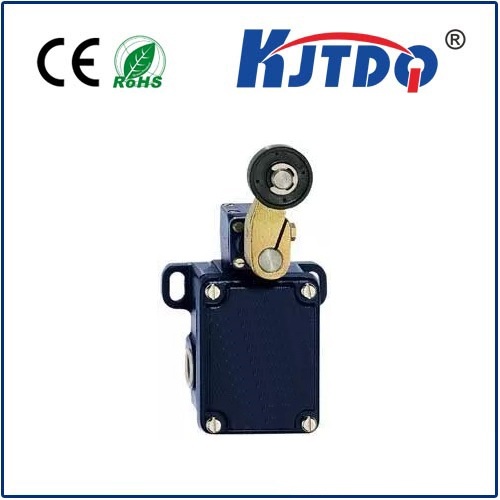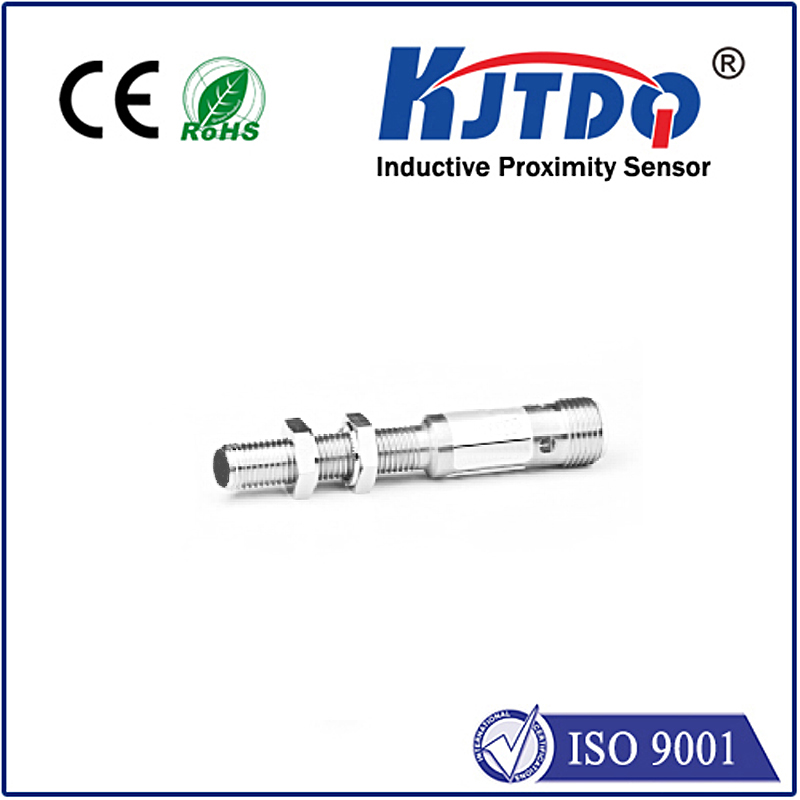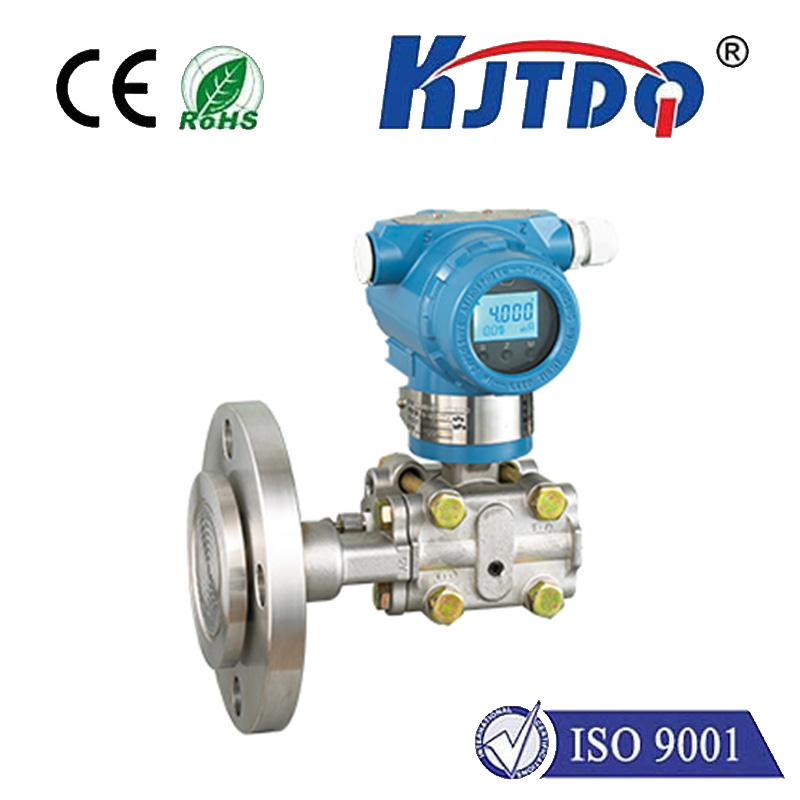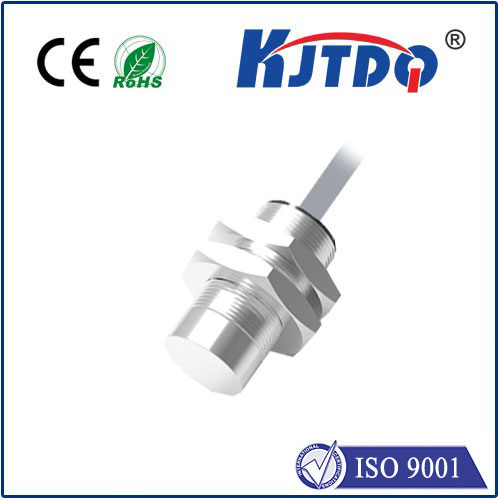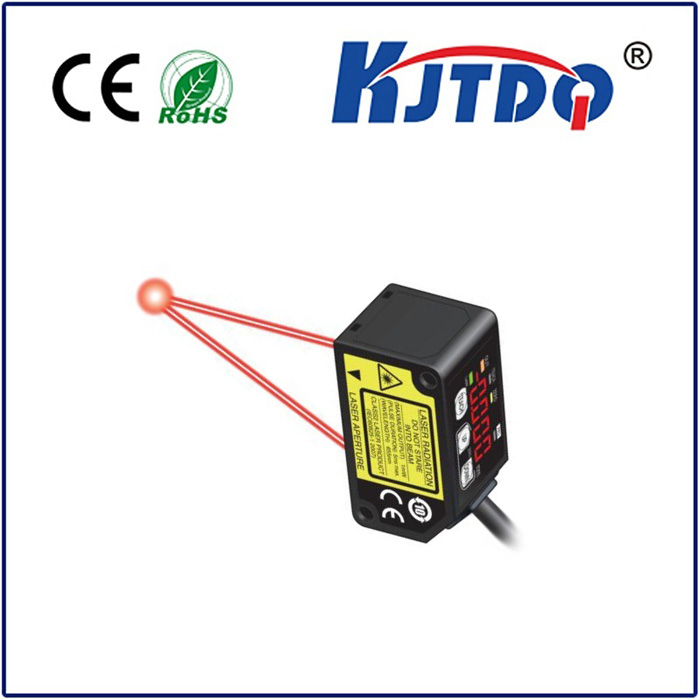Speed Sensors use a magnetically biased Hall-effect integrated circuit (IC) to accurately sense movement of ferrous metal targets. The specially designed
IC and a permanent magnet are sealed in rugged, probe-type packages. The IC detects the alteration of the magnet’s flux density when it is approached by ferrous metal. A sensor positioned at the circumference of a revolving gear wheel detects the teeth and spaces, and supplies a digital pulse output with frequency proportional to gear wheel speed. Optimum performance is dependent upon a combination of variables such as target material, geometry and speed, sensor/target gap, and environmental temperature.

KJT-SNG-SPRF-002-LY
- Product Detail
- KJT-SNG-SPRF-002-LY
Speed Sensors use a magnetically biased Hall-effect integrated circuit (IC) to accurately sense movement of ferrous metal targets. The specially designed
IC and a permanent magnet are sealed in rugged, probe-type packages. The IC detects the alteration of the magnet’s flux density when it is approached by ferrous metal. A sensor positioned at the circumference of a revolving gear wheel detects the teeth and spaces, and supplies a digital pulse output with frequency proportional to gear wheel speed. Optimum performance is dependent upon a combination of variables such as target material, geometry and speed, sensor/target gap, and environmental temperature.
IC and a permanent magnet are sealed in rugged, probe-type packages. The IC detects the alteration of the magnet’s flux density when it is approached by ferrous metal. A sensor positioned at the circumference of a revolving gear wheel detects the teeth and spaces, and supplies a digital pulse output with frequency proportional to gear wheel speed. Optimum performance is dependent upon a combination of variables such as target material, geometry and speed, sensor/target gap, and environmental temperature.
PREVIOUS:KJT-GS100701-LY
NEXT:kjt-GS102301-ly
 Nanjing KJT Electric Co,.LTD
Nanjing KJT Electric Co,.LTD




